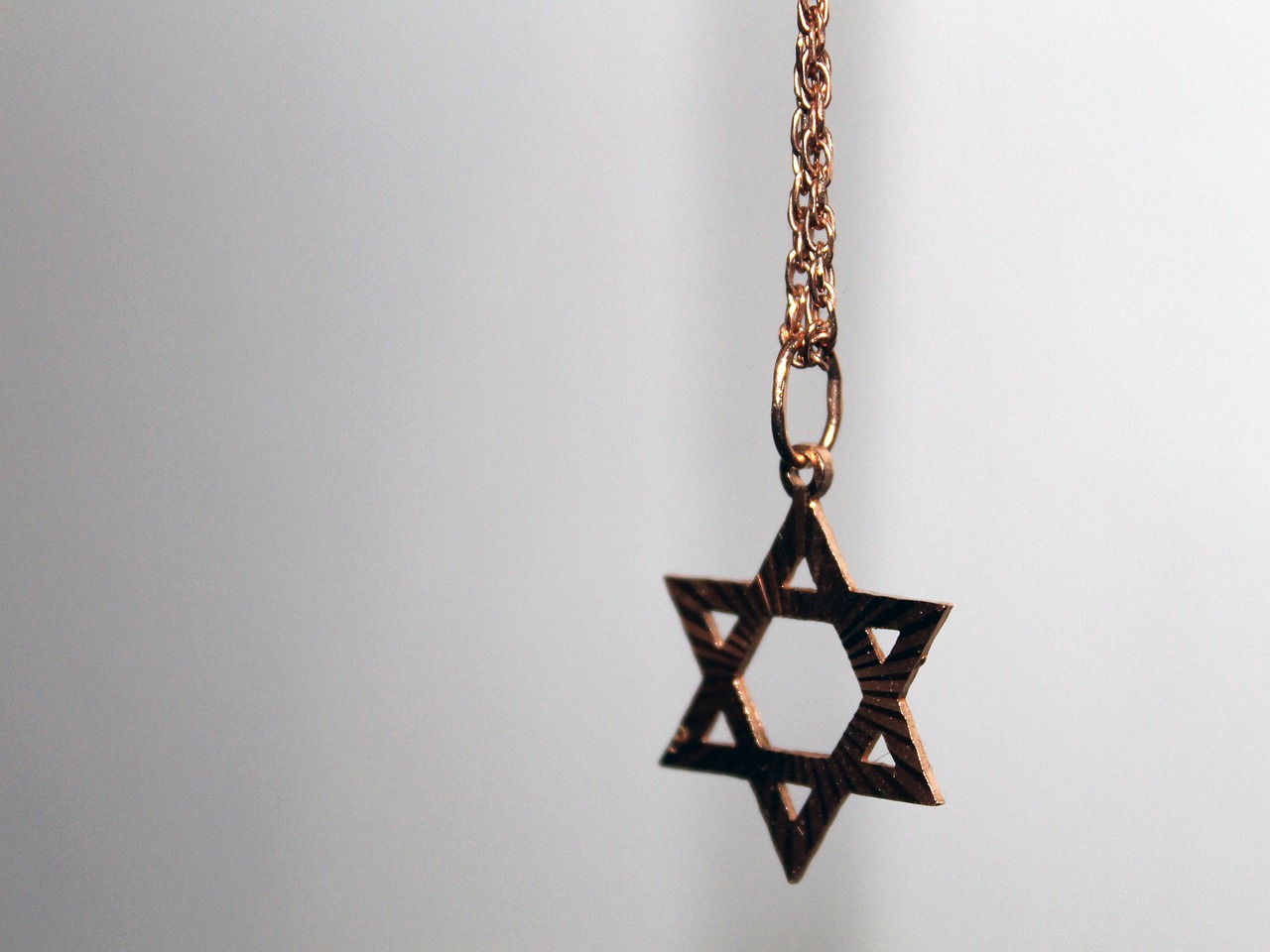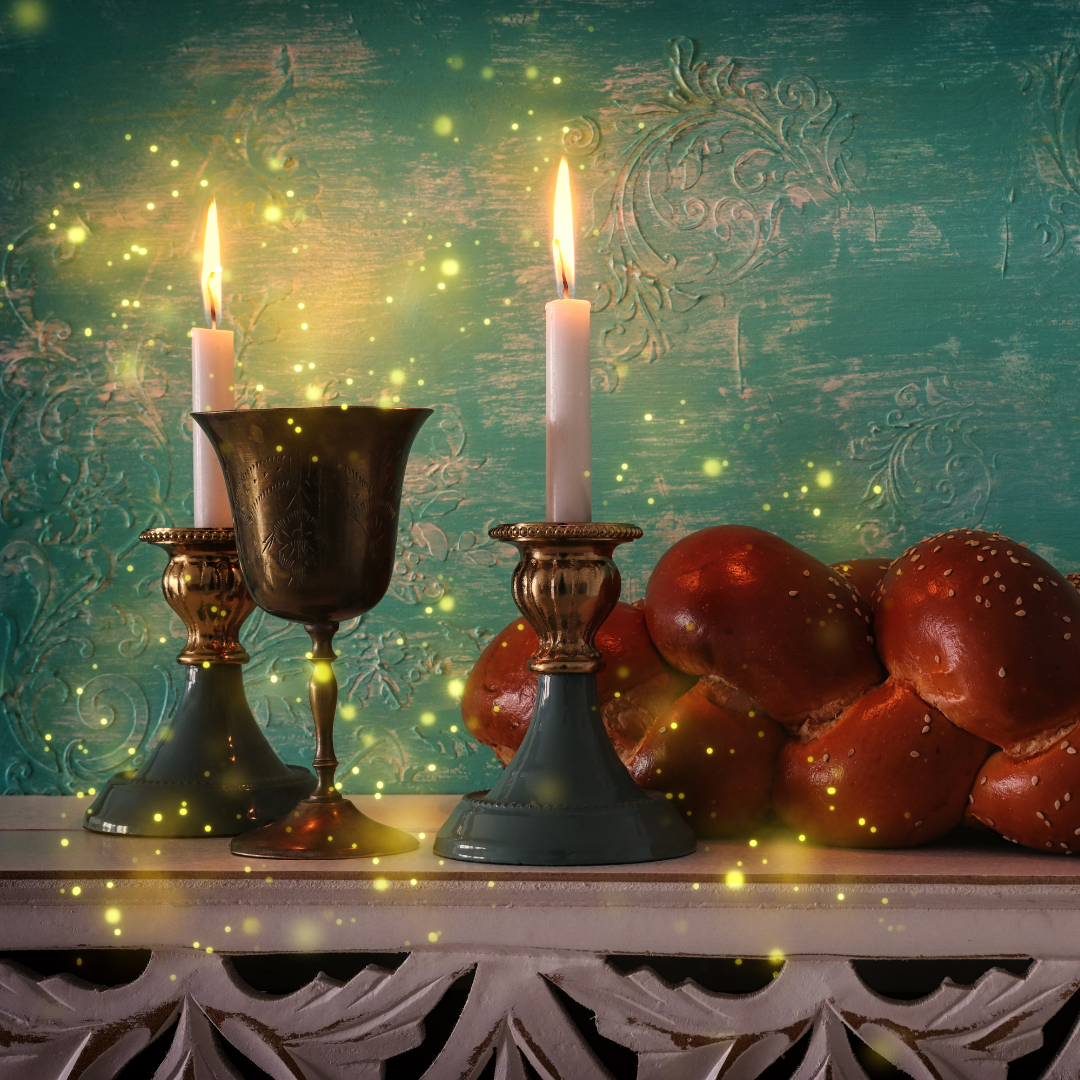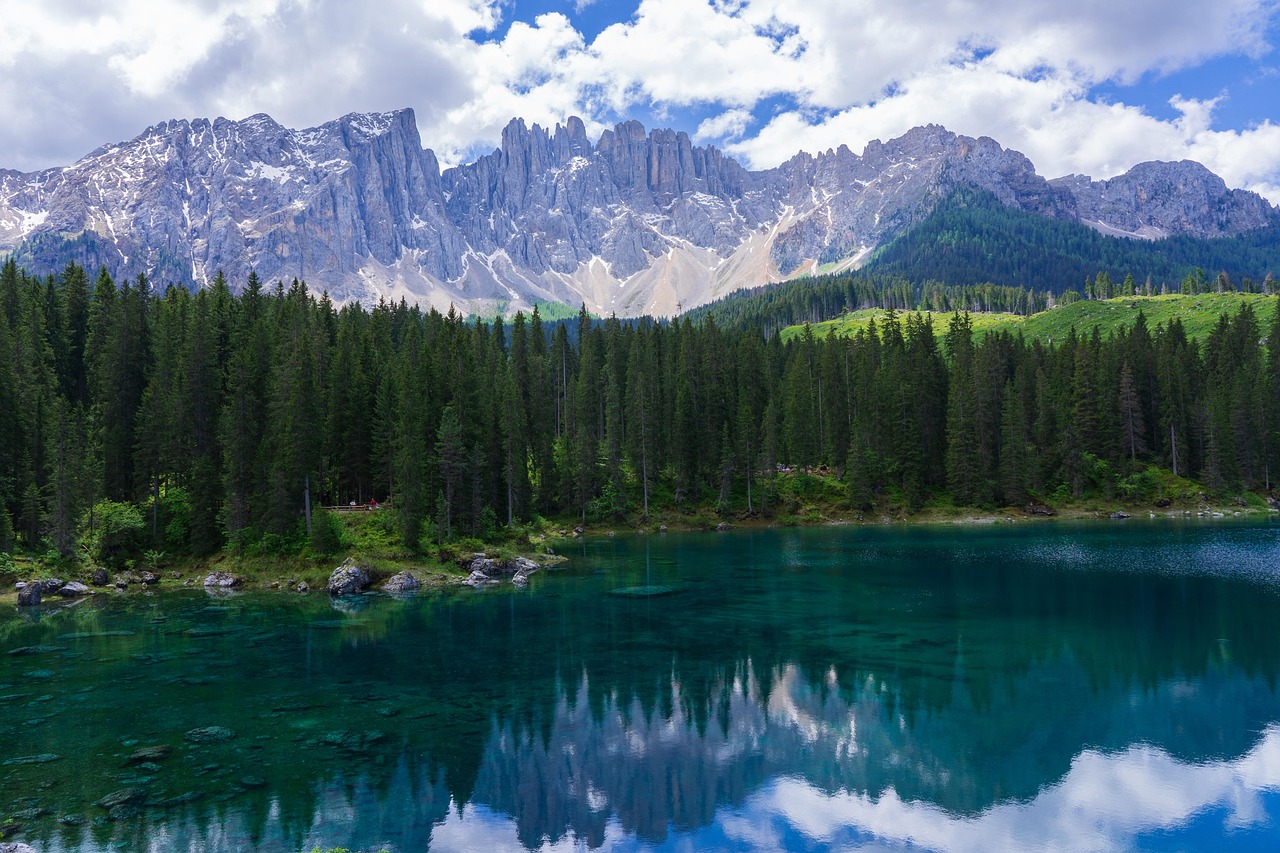In ancient Jerusalem, Jews used the mikveh for spiritual purification before entering the Temple. Today, converts to Judaism immerse in a mikveh, referencing actions by the children of Israel at Mt. Sinai, to complete their conversion process. The immersion symbolizes a change of soul, ritually cleansing past deeds and allowing the convert to start fresh. The convert, considered a newborn, emerges with a new spirit to face God and life.
A convert recites a blessing after immersion, not before, because they only become Jewish upon completion. A second blessing, shehekheyanu, thanking God for the moment, is also often recited.
In preparation for my Conversion (Reclamation) ceremony, I was concerned that I would not be able to participate in the mikveh. I have a medical condition that prohibits dipping in water – I no longer kayak or swim, for example. I wanted to find an alternate mikveh ceremony that would do justice to the prescribed ritual, all the while maintaining my personal health and well-being.
I considered several aspects of the mikveh in order develop a fully replicative alternate ceremony:
- If not water, what substance?
- If not in the community mikveh bath, what location?
- If not the mikveh prayer, what prayer?
- Anything else…?
Following is the ritual I developed and followed in my ceremony, to excellent effect. Briefly:
- I chose to use two different natural substances: smoke and floral bouquet.
- I chose to have the ceremony take place in the municipal Roseg arden.
- I chose a prayer extolling the blessings of fragrant flowers and herbs.
- I chose to complete the ceremony with a “floral shower.”
The details follow.
- SUBSTANCE: Smoke and a Floral Bouquet:
SMOKE (SMUDGE): I spent 20 years in a native American tradition where smudging was used pervasively as the cleansing technique of choice. The goal of water immersion is that the water be in full contact with every part of the body. I suggested to the rabbi that smoke (smudge) might be a possible alternative. After all, smoke was commonly used in the ancient Temple for purification, Thus, it was agreed.
My wife is a long-time practitioner of smudging for purification, so I had an expert on hand to perform the ritual. We used common sage bundles and a feather wand. It was lovely…
- LOCATION: The Municipal Rosegarden:
The Temple I attend is located very close to the Municipal Rosegarden – just about 6 blocks away. I selected the Rosegarden because of the obvious connection with flowers, as well as the large size of the venue and the ability to keep the ceremony relatively private. We were surrounded by beautiful, award-winning rosebushes, and there was also a fountain on premises in case that might be a positive element.
I had selected a flat grassy area next to a grove of huge redwood trees. There was peaceful sanctity in the quiet presence of Nature that surrounded us. Very few people are roaming the rose garden at 8:30 am on a weekday.
Because the ceremony was outdoors in mid-October early in the morning, the weather was a bit chilly. I wore a long gown of middle-eastern design, in a lovely shade of watery blue. We also spread out a small blue tarp, to protect the grass from the “detritus” of our eventual showering.
- PRAYER: In addition to the ceremonial prayers that the rabbi uses, I selected a prayer for the floral nature of the ceremony:
Blessed are You, Adonai, Creator of the world, who sanctified us with the commandments and created fragrant flowers and herbs.
ברוך אתא אדונאי, אלוהיינו מלך העולם, אשר קידשנו במצוות ובראת פרחים ועשבי תיבול ריחניים.
Barukh atah Adonai, Eloheinu melekh haolam, asher kidshanu b’mitzvotav uvret prachim ve’ashvi tibul rihani’im.
- FLORAL SHOWER:
In thinking about the original mikveh process, I still wanted something more than just the [excellent] smudging that occurred at the beginning of the ceremony. I wanted something joyous, that would be light-hearted, memorable and fun.
Harkening back to the ancient Temple rites, I learned about the aromatic incense offering that was traditionally burned in the Tabernacle and the two Temples in Jerusalem, made from a specific blend of 11 aromatic spices. This temple incense, ketoret, symbolized a spiritual bond between the Jewish people and God. The blend of 11 herbs and spices can actually be purchased online, but I did not have the time to wait for an international shipment. However, I was able to locate a “recipe” for this blend, and I made my own concoction in my kitchen.
Below is a list of the standard ingredients for the Ketoret “11 Fragrances” mixture. They are not all easy to find, but substitutions can be made if you do some research. I was able to find most of the ingredients in middle eastern grocery stores, I also found Indian incense sticks that were made of the sought-after components, e.g. agarwood, which is commonly packaged as “oudh”. I used a kitchen spice grinder to make the amount and granularity of each component that best suited the intended “flower shower” activity. I also found a list of other flowers, herbs and spices that were regarded in a positive light in Judaism and crafted an Herbal Blend. See this list below as well.
|
|
||||||||||||||||||||||||||||||||||||||||||||||
I then divided up the Ketoret mixture and the Herbal Blend into the number of attendees I was expecting and placed relative amounts of these mixtures in small blue drinking cups that I brought to the ceremony.
After all the prescribed ritual elements of the Mikveh Ceremony had been completed, our last activity was to have the attendees “shower” me with the floral blends which I had handed out to them at the beginning of the ceremony. They got to hold these intense aromas in their own space for a time, until they showered them over me. Everyone had a great time tossing the mixture, and we giggled a lot.
After we settled down, I gifted each attendee with a gossamer sachet full of my original 11-Fragrances blend, so that they, too, could depart the ceremony with a bit of the ancient temple rites in their possession as well.
Needless to say, “a good time was had by all”. And we got to recite the time-honored celebratory prayer, the Shehekheyanu.
בָּרוּךְ אַתָּה, יְיָ אֱלֹהֵינוּ, מֶלֶךְ הָעוֹלָם, שֶׁהֶחֱיָנוּ וְקִיְּמָנוּ וְהִגִּיעָנוּ לַזְּמַן הַזֶּה.
Barukh atah, Adonai Eloheinu, Melekh haolam, shehekheyanu, v’kiy’manu, v’higiyanu laz’man hazeh.
Blessed are You, Adonai our God, Sovereign of all, who has kept us alive, sustained us, and brought us to this season.
NOTE:
The actual biblical recipe for ketoret, although a bit oblique, can be found on-line if you look for it. Here is one phrase you may want to search on: Ki Tissa: The Recipe for Ketoret.













